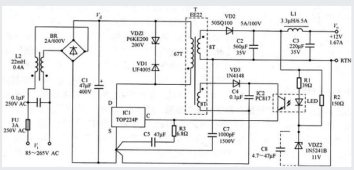Hi. As far as I understand the electronic circuitry, the absolute majority (if not all) of modern electronic power supplies have a rectifier at the entrance, converting the AC from the grid to DC. Then its built-in inverter turns DC back to high-frequency AC in order to use a tiny ferrite-based transformer instead of bulky 60Hz monsters from the former century.
In theory, such electronics can be fed with DC instead of AC as long as the voltage says in its operating range. However, when I look at the device specification, it never gives DC as an option.
I did some experimenting with several cheap electronic devices like clocks, phone chargers, a power adapter for the router, etc. Even the 10-year-old PC. They all worked perfectly directly from three 40V solar panels (120V DC total) without any inverter. The voltage severely fluctuated depending on the sunshine. But the devices coped with it.
I'm thinking, is it safe to run the "Level 1" EV Charger that way? I believe it has a very similar build.
A wider question - can it be something (besides a big 60Hz transformer) in the electronic devices preventing them from working on DC? It's interesting, why the manufacturers don't certify a DC-based operation of their electronics?
In theory, such electronics can be fed with DC instead of AC as long as the voltage says in its operating range. However, when I look at the device specification, it never gives DC as an option.
I did some experimenting with several cheap electronic devices like clocks, phone chargers, a power adapter for the router, etc. Even the 10-year-old PC. They all worked perfectly directly from three 40V solar panels (120V DC total) without any inverter. The voltage severely fluctuated depending on the sunshine. But the devices coped with it.
I'm thinking, is it safe to run the "Level 1" EV Charger that way? I believe it has a very similar build.
A wider question - can it be something (besides a big 60Hz transformer) in the electronic devices preventing them from working on DC? It's interesting, why the manufacturers don't certify a DC-based operation of their electronics?




